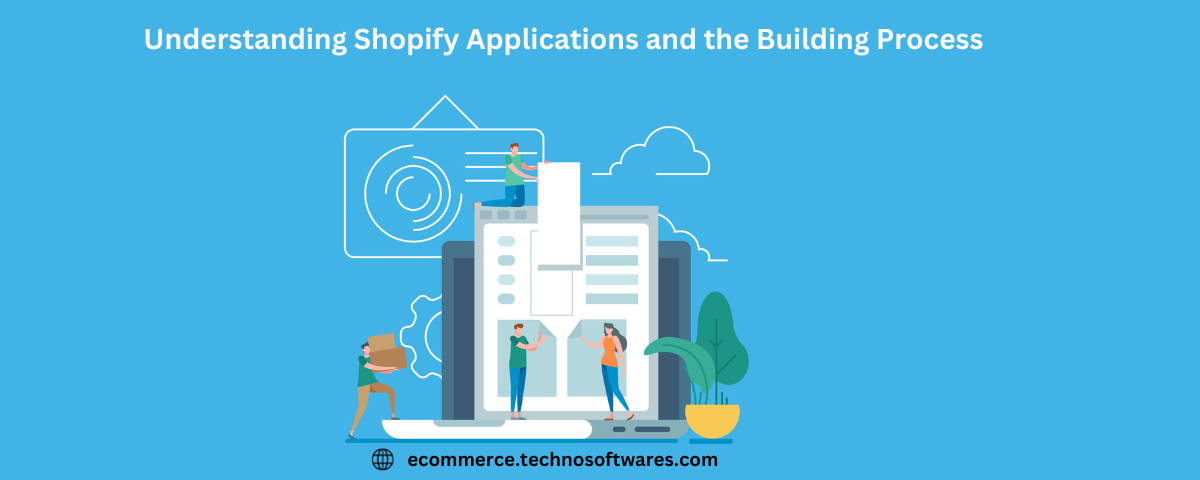Understanding Shopify Applications and the Building Process
 Techno Softwares
Techno Softwares
Shopify applications should provide a user-friendly interface, be secure, and provide reliable performance. It is also important to ensure that applications are regularly updated to ensure compatibility with the platform. Finally, it is important to provide adequate support and documentation to ensure successful application implementation. Businesses with the correct skills and experience may create strong applications that provide genuine value to their website.
Understanding Shopify Apps:
Shopify app development company allow businesses to customize their storefronts, have access to more data, and provide unique consumer experiences. Businesses can as a result streamline their operations, increase sales, and satisfy their customers.
Ways to Create a Shopify App Process by Step:
Let's begin by making an e-commerce application. Don't worry if you're not familiar with code; we'll explain it down into simple steps.
1. Set Up Your Development Environment:
Set up essential tools, including a code editor and version control system.
Find out a Shopify Partner account to gain access to the Shopify API Integration and other developer resources.
2. Identify the Purpose of Your App:
- Clearly outline the purpose and functionality of your Shopify application. Identify the problems it will solve for merchants or the additional features it will provide.
3. Create a Private App in Shopify:
Open your Shopify Partner account and log in.
Create a new private app by clicking on the Apps area of the Partner Portal.
Obtain API credentials, including API key, password, and shared secret.
4. Choose a Technology Stack:
- Select the framework and programming language for your application. Several types of technologies are supported by e-commerce, such as PHP, Ruby on Rails, and Node.js.
5. Build the App Skeleton:
Establish the fundamental structure of your application, incorporating directories, files, and configuration settings.
Integrate user authentication and authorization through the Shopify API.
6. Develop App Features:
You can interact with store data and carry out the required tasks by using the Shopify API.
Include all of your application's important functionality, like order management, product customization, and third-party service integration.
7. Test Your Application:
Thoroughly test your Shopify application to ensure it works as expected.
Consider using the Shopify API's test mode to simulate interactions without affecting real store data.
8. Handle App Installation and Configuration:
To let merchants install and customize your application, implement the authorization flow.
Make the Shopify admin's setting configuration interface easy to use.
9. Submit Your App for Review:
Before your app's public release, submit it to the Shopify App Store for evaluation.
Your app needs to keep to Shopify's policies and guidelines.
10. Introduce Your Shopify Application:
Once approved, make your application available in the Shopify App Store.
Promote your message about your software to attract new users and offer continuous assistance and updates.
Conclusion:
It may seem difficult at first to build a Shopify application, but with the correct help and tools, it's possible. These instructions will help you build a useful addition to the e-commerce platform and add to the growing online commerce ecosystem. You can also use a wealth of information available in the Shopify documentation. Explore the potential of Shopify app development services to transform your business and stay ahead in the digital age.
Subscribe to my newsletter
Read articles from Techno Softwares directly inside your inbox. Subscribe to the newsletter, and don't miss out.
Written by

Techno Softwares
Techno Softwares
Shopify app development company in India. We help you create and launch successful Shopify stores.